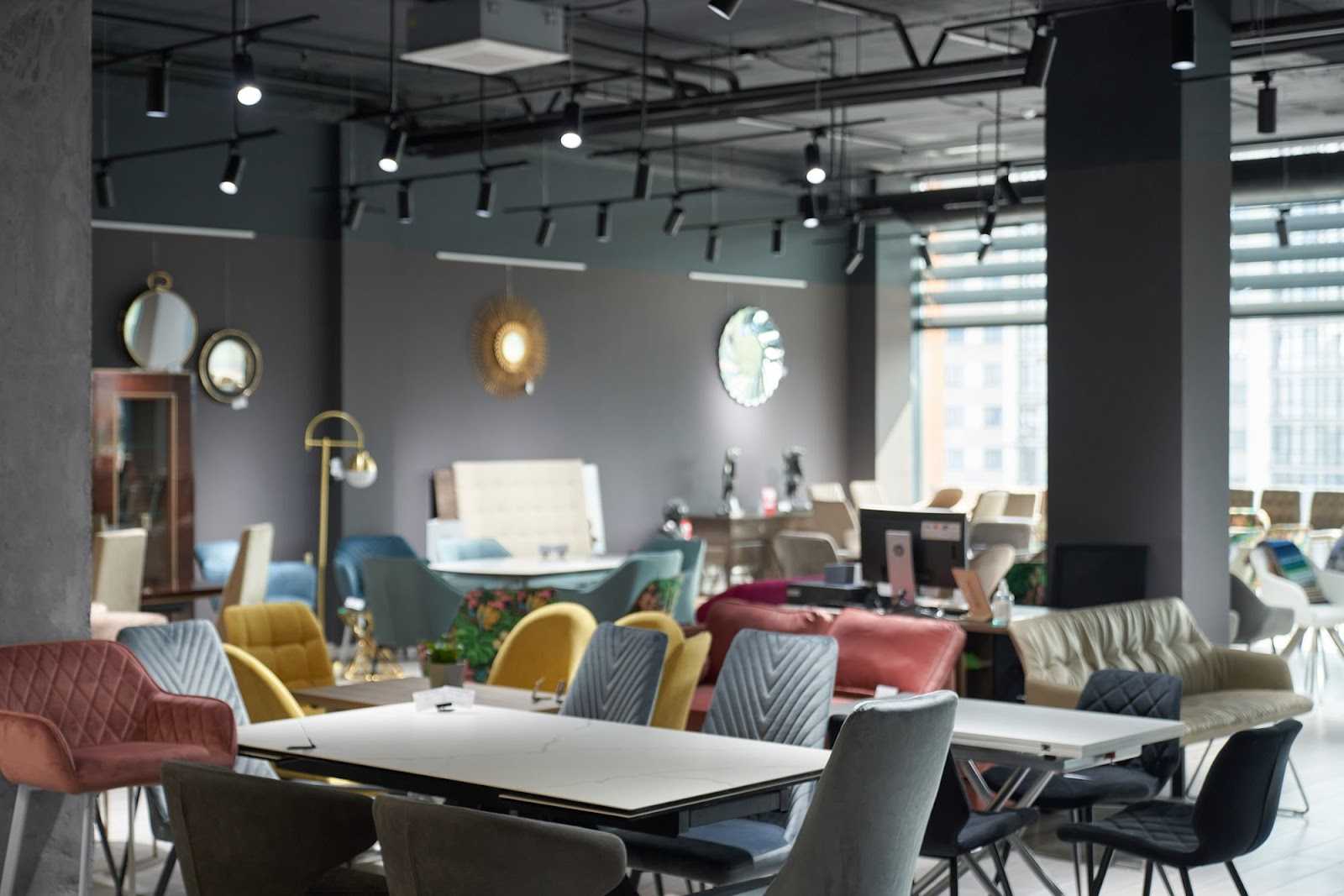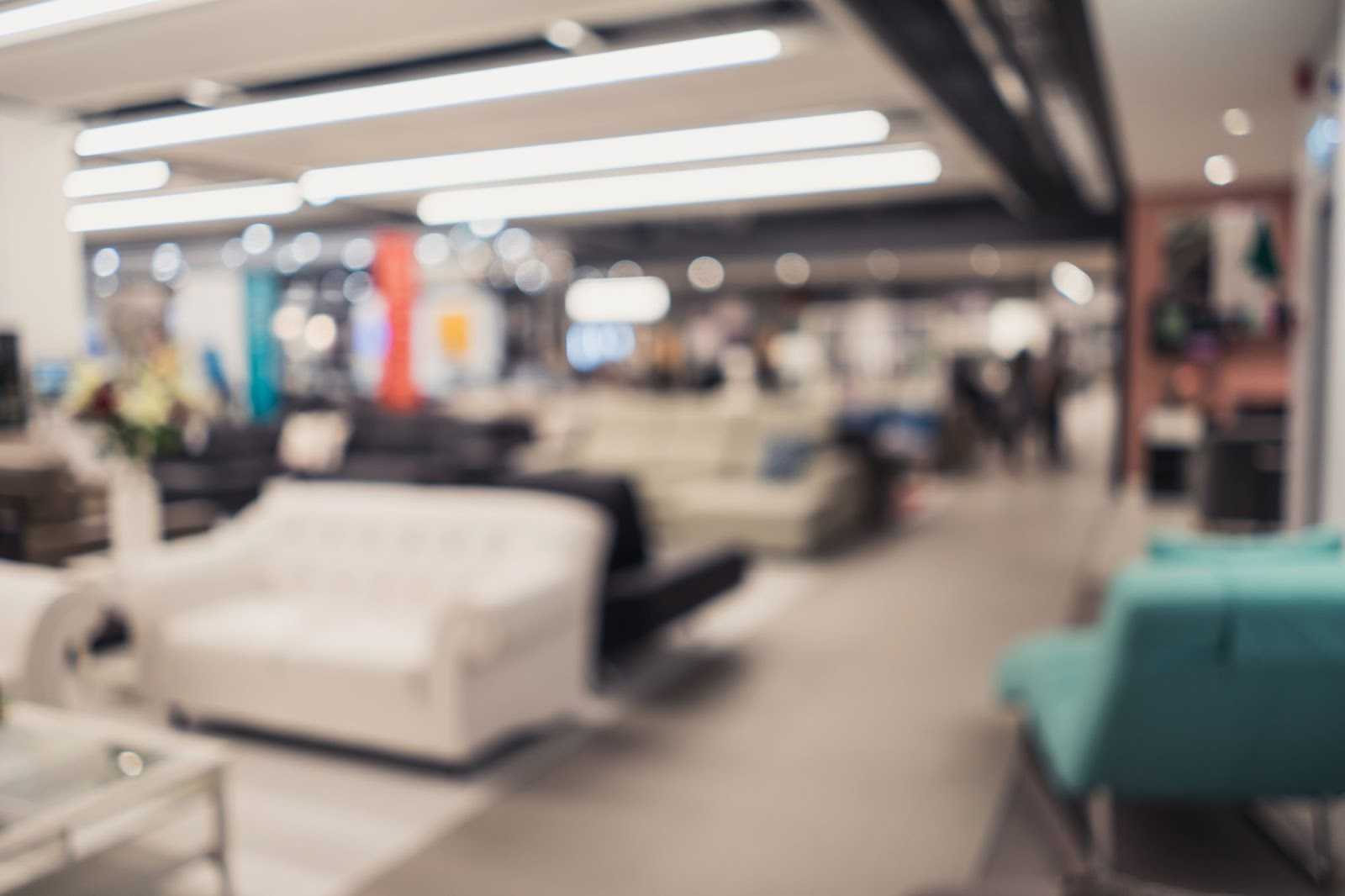
Lighting Solutions for Retail Stores
In today’s world, energy efficiency is a top priority for businesses and individuals alike. When it comes to retail stores, finding lighting solutions that are both cost-effective and environmentally friendly is essential. Not only can energy-efficient lighting help reduce operational costs, but it also contributes to a sustainable future by minimizing carbon emissions. In this blog post, we will explore the benefits of implementing energy-efficient lighting in retail stores. From LED technology to smart lighting systems, we will discuss how these solutions can help save costs, enhance the shopping experience, and make a positive impact on the environment.
What Are the Requirements for Retail Store Lighting?
Reduced Energy Consumption
One of the main reasons why retail stores transition to energy-efficient lighting is their ability to reduce energy consumption rates. By reducing energy consumption, retail businesses can lower their utility bills, resulting in significant cost savings in the long term. Additionally, the adoption of energy-efficient lamps may make retail stores eligible for incentives offered by the government or energy providers.
Long Lifespan
LED lights are popular choices for energy-efficient lighting. In addition to reducing energy consumption, these lights have the advantage of lasting for a long time. Traditional incandescent lights typically burn out after approximately 1,000 to 2,000 hours of operation, while energy-efficient lights often exceed 20,000 hours.
Versatility
LED light sources are suitable for use in light fixtures that allow for adjusting the brightness of the light. This flexibility is especially beneficial in retail settings where the layout of the store may change, requiring changes in the brightness of the lighting. Additionally, LED lamps are capable of operating in extreme temperatures, making them a practical choice for storefront lighting in areas with hot or cold climates.

Lighting Solutions for Retail Stores
Durability
LED lights are not only more durable and safer to work around, but they also offer several other advantages over traditional incandescent lights. One of the key advantages is that LED lights are typically encased in a casing made from highly durable materials, such as plastic or metal, unlike the fragile glass casing of incandescent lights. This makes architectural LED lighting more resistant to accidental breakage, making them a safer choice, especially in environments where there is a higher risk of light damage. Additionally, LED lights produce minimal heat compared to incandescent lights, which means that the casing material does not need to provide as much insulation or protection against heat. This allows for a wider range of casing options for LED lights, including materials that are even more durable and resistant to external factors such as moisture or impact. Therefore, not only do LED lights offer the benefits of durability and safety, but they also provide flexibility in terms of casing materials, making them a reliable and long-lasting lighting option.
With Sensor
Sensors are not feasible for implementation on the shop front, but they are ideal for use in employee areas such as bathrooms and the staff kitchen. With a sensor, lights can automatically turn on and off based on the detection of a person in the room.
Timers can be utilized both on the shop front and in private employee areas, providing convenience for areas where employees may not always remember to manually turn off the lights. Most timers can be controlled through a phone, allowing for remote control of the lights regardless of location.
The Perfect Lighting
Traditional fluorescent and incandescent lighting fixtures used in retail stores have limitations in terms of the range of light temperatures and color-rendering indexes they can provide. As a result, they are only suitable for a small number of lighting arrangements. In contrast, retail LED lighting offers full customization to meet the specific needs of any retail store, allowing businesses to create visually appealing and unique store environments.
By utilizing various forms of LED retail lighting, such as LED strip lights and custom LED light guide panels, retailers can enhance the overall customer experience. These lighting solutions can significantly improve product display areas and shelves, effectively separate different sections of the store, and highlight the store’s decor and layout. Additionally, LED retail lighting can create a warm and inviting entrance and enhance the presentation of new products and promotions, thereby improving the brand’s perception.
Switching to LED strip lights brings numerous benefits to brick-and-mortar stores, especially those facing competition from online e-commerce websites. Retailers can enjoy immediate energy cost savings and reduced operating expenses by adopting energy-efficient LED lighting. Moreover, LED lights have a longer lifespan compared to traditional lighting options, with an average retail LED light lasting up to 50,000 hours.
Conclusion
In conclusion, implementing energy-efficient lighting solutions in retail stores brings numerous benefits. These solutions not only help reduce operational costs but also contribute to a sustainable future by minimizing carbon emissions. By transitioning to LED technology and smart lighting systems, retail businesses can enjoy reduced energy consumption rates, lower utility bills, and eligibility for government incentives. LED lights offer a long lifespan, versatility, and durability, making them a practical choice for retail settings. Additionally, with the customization options of LED retail lighting, businesses can enhance the shopping experience, improve product displays, and create visually appealing store environments. By making the switch to energy-efficient lighting, retail stores can save costs, enhance the shopping experience, and make a positive impact on the environment.






